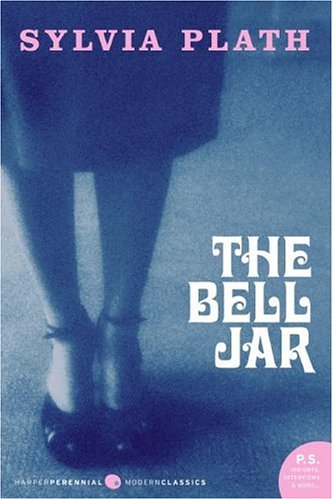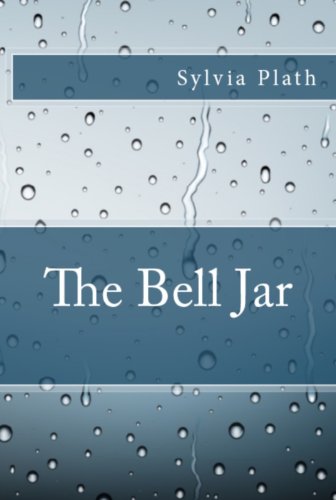Many of those who are reading this are facing the harsh reality that author royalties may never be enough to support yourself and your household, or at least the only slightly less harsh reality that while you’re waiting for lightning to strike, you’ve got bills to pay.
I am living proof that writing can be a great career skill and a surprising stepping stone; you can make a living with your writing, but not necessarily in the way you imagined, and not necessarily by doing nothing but writing. Still, writing in a professional context is no less legitimate than writing in an artistic context, and it can be very fulfilling while also providing you with some financial security, as I’ve learned firsthand.
I am one of those rare, incredibly fortunate individuals who has a dream job, and I have writing to thank for it. I get paid to consume all kinds of digital entertainment content (e.g., ebooks, audiobooks, apps, movies, TV shows, music) on various devices and write about it. I write reviews, tips and tricks, how-tos, and editorial commentary. I work from home, and have the flexibility of setting my own schedule. I am acutely aware of how lucky I am in this, and just as certain that I never could’ve arrived at this point in my career without having accumulated the skills and experiences gained through all the career paths I’ve traveled in the past. It’s been a long and circuitous route, but the one constant through everything has been writing.
I started out as an English major, but only because it was a favorite and easy subject for me, someone who’s always been a prolific writer and voracious, compulsive reader. There was just one problem: I never aspired to a career in education, academics or journalism. Of course I dreamt of becoming a published author someday, but it seemed more like a pipe dream than a practical career choice. When I decided I needed to change to something more paying-the-bills -friendly, I switched to an Animal Science/Veterinary major because I’ve always loved animals and science.
While doing a mandatory research project I realized I enjoyed analyzing data, working on my research paper, and using technology to facilitate better, faster and more accurate results more than I enjoyed providing healthcare to animals. From there it was a hop, skip and a jump to a career in software development, where my unique combo plate of communication and tech skills always kept me in demand. I may never have been the most brilliant software engineer or database admin in any of the companies I worked for over the years, but it was my writing and communication abilities that always tipped the scales in my favor. A particular strength I had was the ability to translate highly technical content and concepts into plain English. I did a great deal of technical writing and software documentation during that time, and wrote numerous project plans and proposals as well. This kept my writing skills sharp and it kept me happy, because I never had to give up completely on my first love: writing.
Little did I suspect those tech and writing skills would form an ideal platform for me to circle back around into my long-dormant dream of authorship, but that’s exactly what happened. Back in ’07, when Amazon launched its first Amazon Breakthrough Novel Award contest, ‘self-publishing’ was still a dirty word. Among most aspiring authors and publishing wonks, the bias against self-publishers was no less passionate nor baffling than the completely unjustified reverence heaped on mainstream publishing. I came into that milieu as an outsider with a tech/business perspective, and all I could see was that self-publishing simply made more sense for many would-be authors and existing authors, and that this was the direct result of two recent, disruptive technologies: ebooks and Print On Demand. It was really my innate drive to make sense of the nonsensical and disprove fallacies that drove me to champion indie authorship, and eventually, to found Publetariat.
In 2010, I had divorce and unemployment foisted upon me simultaneously. After I’d been floundering on my own a while, one of my online colleagues in indie authorship and ebooks reached out to me, and once again it was on account of my unique skillset. From my work advancing the cause of indie authorship, I’d learned all about the publishing business and self-publishing in particular. My work in software engineering had provided me with web development and site administration skills. My work in founding and maintaining Publetariat had schooled me in content development, SEO and social media. I’d also published books of my own, both mainstream and indie, both in print and e formats, so I could relate to the author’s perspective. On top of this my sincere passion for tech and digital media had never flagged. So my colleague, who was looking to expand his simple, Kindle-focused blog into a full-fledged site, offered me a unique opportunity to put all my skills and interests to good use in helping him take his business to the next level.
As his business grew and sprouted new sites, I transitioned into being administrator and Editor in Chief for his Kindle Fire site. This has been a great fit for me, since I still get to use bits and pieces of all my various skills and can finally put my lifelong love of entertainment content of all kinds (books, movies, TV shows, web, music, games) to work: the Kindle Fire is essentially a delivery system for all those things, so it’s part of my job to stay involved with them and write about them.
And this brings me to my latest career morph. I still run Publetariat, and I’m still Site Admin and Editor in Chief for Kindle Fire on Kindle Nation Daily. But a few days ago I launched a new site that drills down even further from what I’m doing on those other sites to focus on digital media and tech in a way that’s not limited to the Kindle Fire. The new site is Digital Media Mom, and its mission in life is to help non-geeks navigate the sometimes complex and confusing world of digital media. It’s about educating consumers so they can feel confident their digital device and media purchases are solving problems and saving money for them, and it’s also about having fun and talking some trash about entertainment media and content. It’s a lot of fun for me, and I hope it will be helpful and entertaining for consumers.
So while there’s no easy or guaranteed path to a dream job like mine, I hope my experiences demonstrate three things. First, that writing can be a valuable career skill in virtually ANY field. Second, that being a fulltime author is not the only dream job available to people who can write. Finally, that very often, the only way to get a dream job is to create it yourself. If you’re passionate about something many other people are passionate about, and you can communicate about it in a way that appeals to those other people, you can fill a niche. If you have skills or knowledge that can help others solve their problems or reach their goals, and again, you can communicate well, you can fill a niche. And many of the job skills you’re accumulating now, while working at jobs you may not particularly enjoy, may prove to be instrumental when the opportunity to write your own ticket comes along.
This is a reprint from April L. Hamilton’s Indie Author Blog. Visit April’s new site, Digital Media Mom, for tech information and tips in plain English, honest reviews, digital media bargains and freebies, commentary, and fun from the pockets where entertainment media and pop culture intersect.




